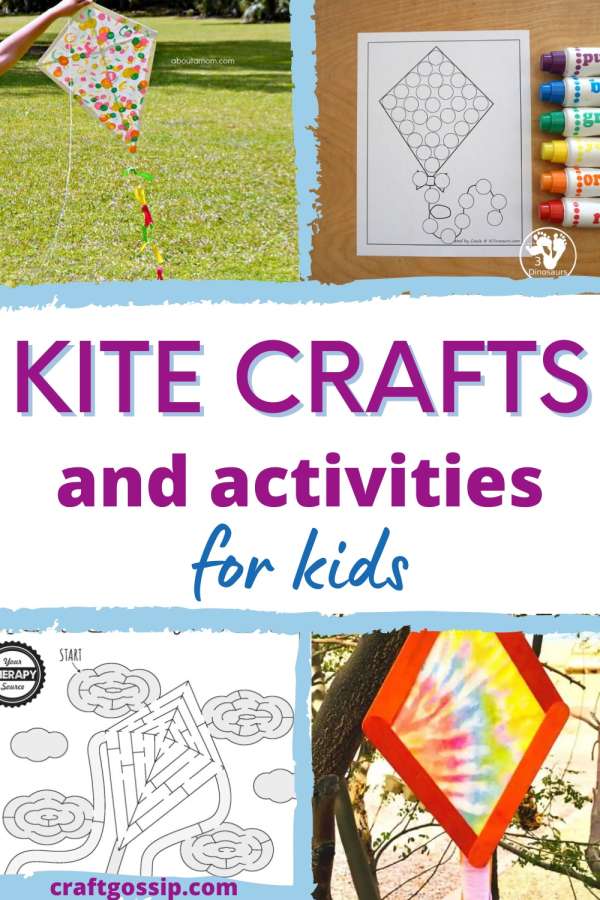
Antarctica is technically a continent, not a country, but I couldn’t resist throwing it in here (especially since it’s winter in the Northern Hemisphere). On average it’s the coldest, driest and windiest continent, and of course the least inhabited, with only a few thousand people living there at any given time.
Antarctica Basics
Antarctica is the fifth-largest continent and is 40 percent larger than Europe. The land area is around 14,200,000 square kilometers, or 5,500,000 square miles, and most of the land is covered with an ice sheet that’s 1.2 miles/1.9 km deep.
The Antarctic Treaty of 1957 established the continent as a scientific preserve, and nations that do significant research there have a collective say in decision making. Seven different countries claim sovereignty over parts of Antarctica, including Argentina, Australia, Chile, France, Great Britain, New Zealand and Norway.
The land surrounds the South Pole and is almost all below the Antarctic Circle. It’s divided into eastern and western sections separated by the Transantarctic Mountains. Most of the land is a polar desert and it only receives about 6 inches/150 mm or precipitation (mostly as snow) every year.
Antarctica Symbols
Because Antarctica isn’t actually a country it doesn’t have an official flag or national anthem or anything. The emblem of the Antarctic Treaty is sometimes used as a flag (and is shown above).
So how about some fun facts instead? Antarctica is home to penguins and seals, as well a mites, nematodes and tardigrades. What vegetation occurs is mostly lichen and moss.
About 70 percent of the world’s fresh water is frozen in Antarctica, and if it melted would raise sea levels by almost 60 meters/200 feet (thanks Wikipedia!).
The lowest natural air temperature ever recorded was at the Russian Vostok Station on July 21, 1983, and was −89.2 °C (−128.6 °F).
Antarctica Activities for Kids
NASA has a good article about Antarctica for kids and what NASA learns about the earth and about space from studying the continent.
Antarctica Day is apparently December 1 (it celebrates the signing of the treaty in 1959 mentioned above), and you can read more about its importance and the kind of work being done there in this article from the National Science Foundation.
Trillium Montessori has a great set of printable cards on the physical features of Antarctica, including icebergs, glaciers and the South Pole.
Homeschooling My Kinetic Kids has printable cards on different animals that live in and around Antarctica, based on the Antarctic animals Toob toys. You can also make an Antarctica shelf for kids to explore with these ideas from Pinay Homeschooler.
Make fun origami penguins with this craft from Artsy Craftsy Mom.
Antarctica Books for Kids
Learn more about Antarctica with books like these:
- Where is Antarctica
?
- A Kids Guide to Antarctica
- Antarctica: A Continent of Wonder
- The Frozen Worlds:
The Astonishing Nature of the Arctic and the Antarctic
 It’s been a while since I’ve done a post on
It’s been a while since I’ve done a post on
Leave a Reply